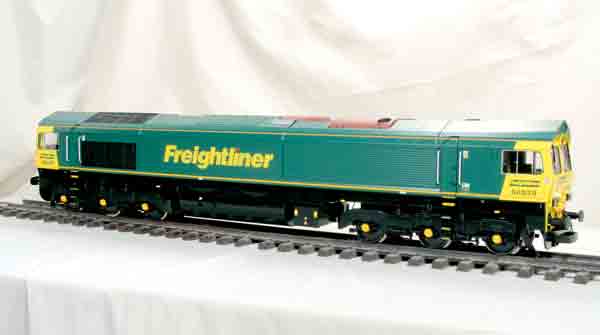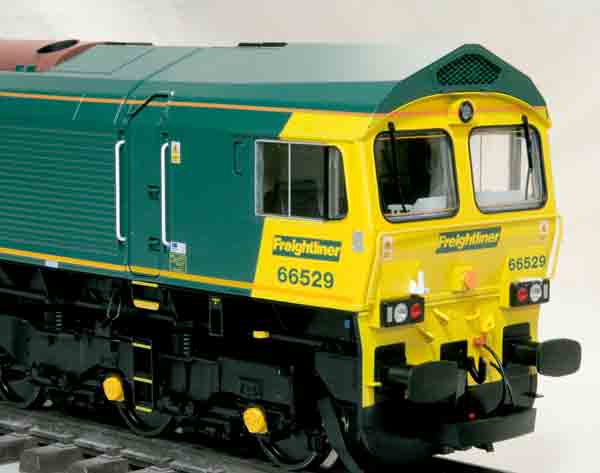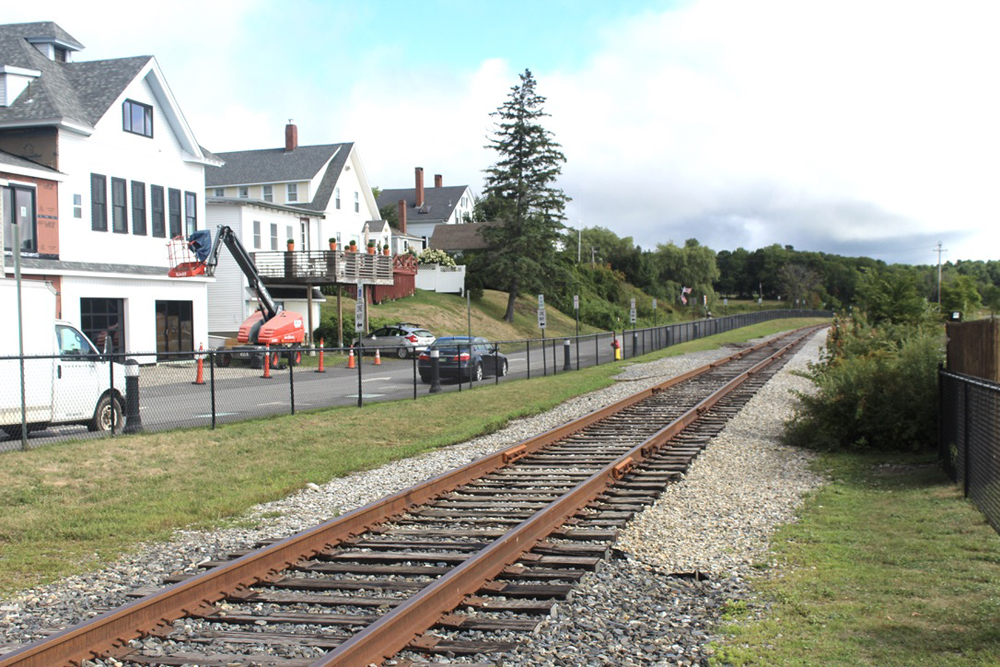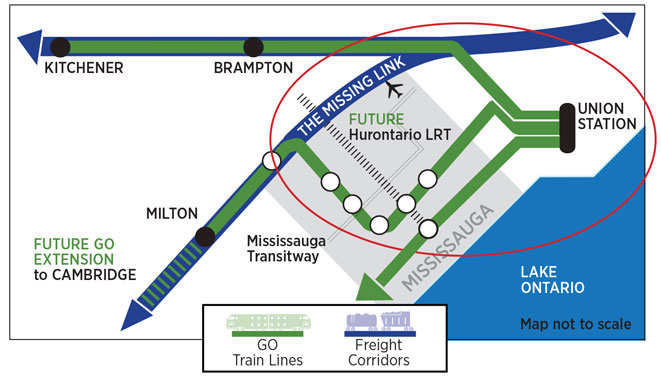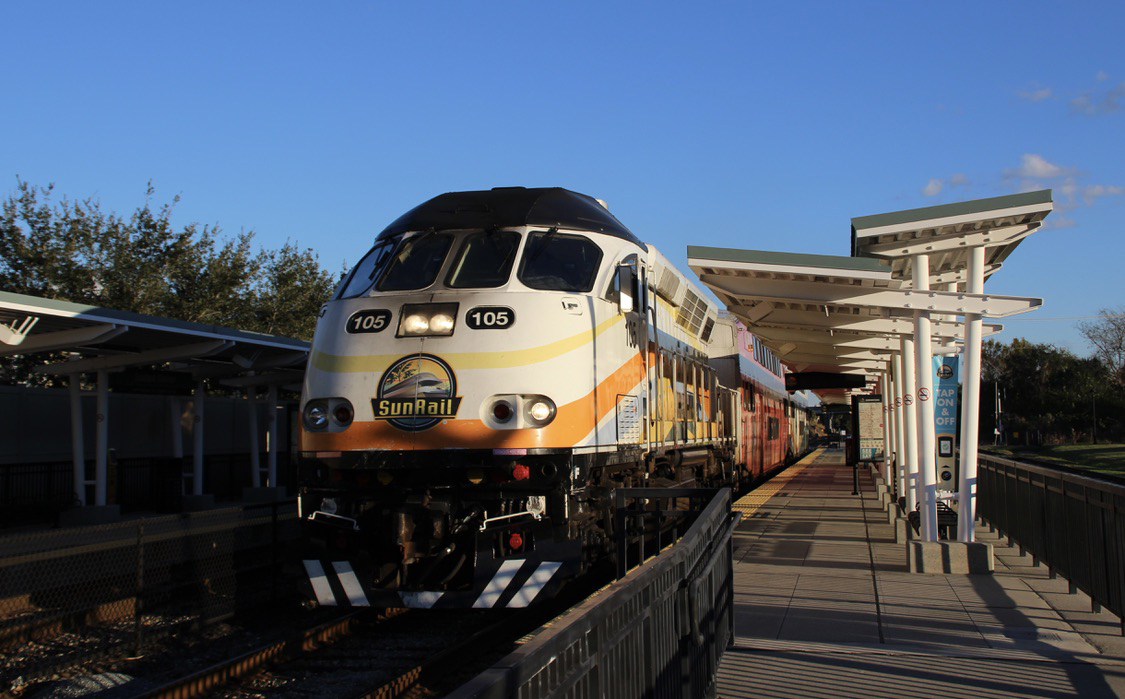Aristo-Craft Trains
Available in the US exclusively from:
Trainworld
751 McDonald Ave.
Brooklyn NY 11218
Price: $799.99
Website: www.trainworld.com
Plastic model of Canadian-built Class 66 locomotives, produced for the UK and Europe between 1998 and 2008. Dimensions: length, 29″ (70′ scale); width, 3.5″ (8.5′ scale); height, 5.5″ (13.3′ scale). Minimum radius, 4′ (8′ diameter)
Pros: Good fidelity to prototype; smooth operation; prototypical lights
Cons: Access hatch to power/smoke switches difficult to remove
When I first pulled Aristo-Craft’s model out of the box, two seemingly contradictory thoughts crossed my mind. First was, “Good gracious, this thing is big,” followed by, “Good gracious, this thing is tiny.” The “big” part of the thought came from the overall length of the locomotive. It is every bit a modern diesel-electric locomotive, on par in terms of horsepower with modern US diesels. But, in looking at the engine, I quickly realized the difference in “loading gauges” between US and European railroads. When you’re used to looking at models of modern US prototypes, this model looks downright undersized, initially making me wonder if they got the scale right (they did). The visual paradox stems from the fact that European trains are smaller than those in the US, simply because the clearances are tighter. These locomotives were designed to be as large as possible while still being able to fit under bridges and through tunnels that, in many cases in the UK, date from the late 1800s, if not earlier.
When I compared the model’s overall dimensions with published dimensions of the prototype, they were very close. Width and length are within one or two inches of the prototype, though it sits about five scale inches too high. When comparing the model to photos of the prototype, the model captures pretty much every aspect—it is well done.
The locomotive comes with a small bag of handrails and other accessories for the modeler to apply. I wish the instructions provided photos to better illustrate where things went but it wasn’t too difficult to figure it out. The rails just press into pre-molded holes in the body.My review sample was lettered for “Freightliner” in green and yellow.
Lettering on the locomotive is crisp and, according to the instruction book, accurate to the prototype for paint scheme and road number. Compared to photos of the prototype I found on the Internet, they got things very close. The model is available in a number of different road names and, again, comparing photos of the models to photos of the prototypes, the other schemes appear equally well done.
Other notable details on the locomotive include working cab doors, open grillwork on the radiator screens, and working buffers. Overall, this model gets high marks for accuracy (at least from someone whose familiarity with the prototype comes from looking at photos and statistics online). The cab interior is well done too, except for the lack of a proper driver in the front. Given all of the windows in the front of the locomotive, it’s pretty obvious, as the locomotive rolls down the track, that no one’s at the controls. The engine comes equipped with hook-and-loop-style couplers but Aristo-Craft’s knuckle couplers are included in the box, should you want to change them.
If there’s one minor grumble, it comes in the design of the top hatch that hides the locomotive’s control switches. The hatch is very tight and difficult to remove without using something to pry it out. It would have been nice to have something to catch a fingernail on, or some other mechanism to make it easier to remove. Underneath that hatch are a series of switches. One turns the locomotive on and off. Mine came with the switch set to “off,” so—not thinking to check those switches when I first went to run it—it gave me cause for concern when I gave it some throttle and nothing happened. The other switches are for the smoke, track/battery power, and lights. There’s also a switch to change from “daytime” lights to “night” lights. The only noticeable difference is that changing that switch alternates which of the two lower white lights is illuminated when running. I’m not familiar with UK locomotive-lighting practice but the engine appears to match photos of the prototypes running in daytime or night.
Inside the locomotive is Aristo-Craft’s “socket” for receiving plug-and-play R/C or DCC decoders. To get to the inside, you must remove 12 screws from the bottom of the locomotive (illustrated in the instructions). You’ll also find a speaker in the roof at one end, ready for whatever sound system you choose to install.
Operationally, the locomotive is a good performer. It features four motors; two on each truck. Each axle has a degree of lateral play on it to allow the locomotive to fit around fairly tight curves (4′ radius/8′ diameter). I don’t think that the locomotive would look good on curves that tight but at least it can navigate them.
I hooked up my throttle, gave the engine some power, and it began to move forward with around 2.5V on the track. It started moving at about six scale miles per hour from a dead stop, which was a bit more of a jolt than what I’d consider ideal, but not objectionable. From a practical standpoint, this isn’t a switch engine so I don’t foresee modelers using it for a lot of back-and-forth, slow-speed operation. Slow-speed operation may well smooth out with a little more breaking in, too.
Under pulse-width-modulation control, the lights pop on as soon as you give the locomotive around 1V, so they come on prior to the locomotive moving. The lights on the ends of the locomotive are LEDs, while the cab is illuminated by a regular incandescent bulb. They’re all more or less constant brightness. When the engine is moving forward, the appropriate white lights are illuminated, with red ones illuminated on the back. When running the locomotive on linear power, the locomotive started moving prior to the lights coming on. By the time the locomotive hit about 15 scale MPH, the lights were on full.
When just starting out, the four motors drew a combined 1.2 amps before the locomotive started moving, then settled down to around 0.8 amps continuous (without a train). Slipping, the locomotive draws 3 amps; stalled, it draws 5 amps. Top speed, measured at 22V, is right around 70 scale miles per hour, in line with the prototype’s top speed of 75 mph. Drawbar pull came in at just under 2.5 pounds, so it should pull about 32 average freight cars on straight, level track.
Aristo-Craft did a very good job with this locomotive. It’s well detailed and runs well, to boot. This model was produced specifically for the European market but is being made available to US modelers through an exclusive arrangement with Trainworld. If you’re a fan of modern British railroads, this big diesel locomotive will definitely be one to add to your collection.





